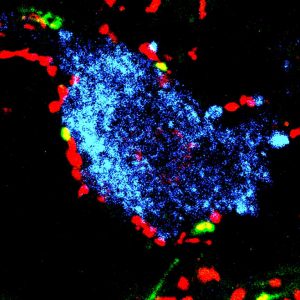Welcome to the Azim lab

The nervous system has an incredible capacity to take in and process complex information, yet the only way it can exert an influence on the outside world is through movement. Mammals have evolved an astonishingly diverse repertoire of motor behaviors to help translate intents into actions. Even seemingly simple movements require the precise coordination of dozens of muscles to ensure that motor output is successful. We explore how this fidelity between intent and outcome is accomplished. Understanding how movements are learned, planned, executed and corrected can teach us more about how neural circuits govern behavior and how evolution has shaped the mammalian motor system.
We use a multidisciplinary approach to identify how neural circuits solve the challenges of motor control, taking advantage of genetic and viral tools, anatomical analysis, electrophysiological recording, imaging and detailed motor behavioral tests. By dissecting the molecular, anatomical and functional diversity of motor pathways one element at a time, we aim to define the organization and function of motor circuits and piece together the neural basis of movement.
